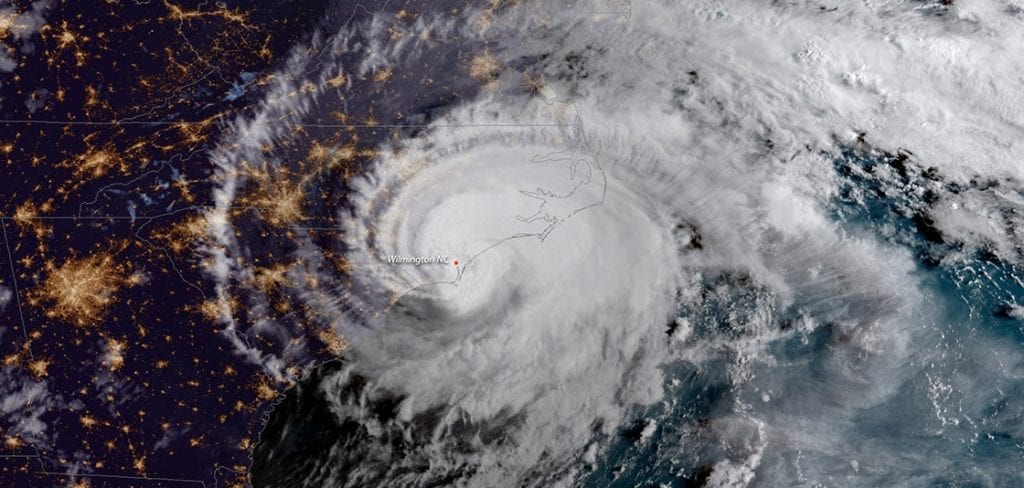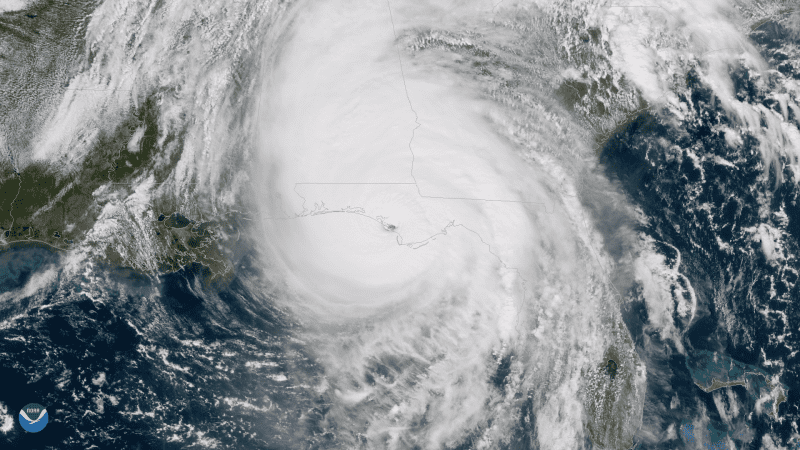There will never be another hurricane or tropical storm named Florence or Michael. The World Meteorological Organization announced that the names would be retired from the rotating list in the Atlantic Basin, after these storms caused extensive damage and numerous fatalities across the Southeast last year.

The committee selected Francine and Milton to replace Florence and Michael, respectively. These names will first appear during the 2024 hurricane season.
Including these two names, 88 storm names have been retired since 1953, when storms began to be named. Five names were retired following the 2005 hurricane season, the most retired names from a single season.

Hurricane Florence was the deadliest and costliest storm to hit the Carolinas. It was the first major hurricane of the 2018 season. The tropical system developed off the western coast of Africa. Florence then rapidly intensified on September 4th and 5th to a Category 4 hurricane with maximum winds of 130 mph. The storm slowed as it moved inland. Landfall was made at Wrightsville Beach, NC on September 14th as a Category 1.
Florence will be remembered for heavy rain, storm surge, and record flooding. 20 to 30 inches of rain fell across coastal North Carolina. Areas around New Bern saw a record nine to thirteen foot storm surge.

One month later Hurricane Michael made landfall as a high-end Category 4 near Mexico Beach, Florida. Michael became one of the most intense hurricanes to make landfall in US – third most intense based on pressure (919 mb) and fourth most intense based on wind speed (155 mph.) This was also the most intense storm to make landfall along the Florida panhandle.
Michael brought destruction to Florida, Georgia, the Carolinas, and Virginia. The storm resulted in $25 billion in damage, making it the eighth costliest US landfalling storm.

